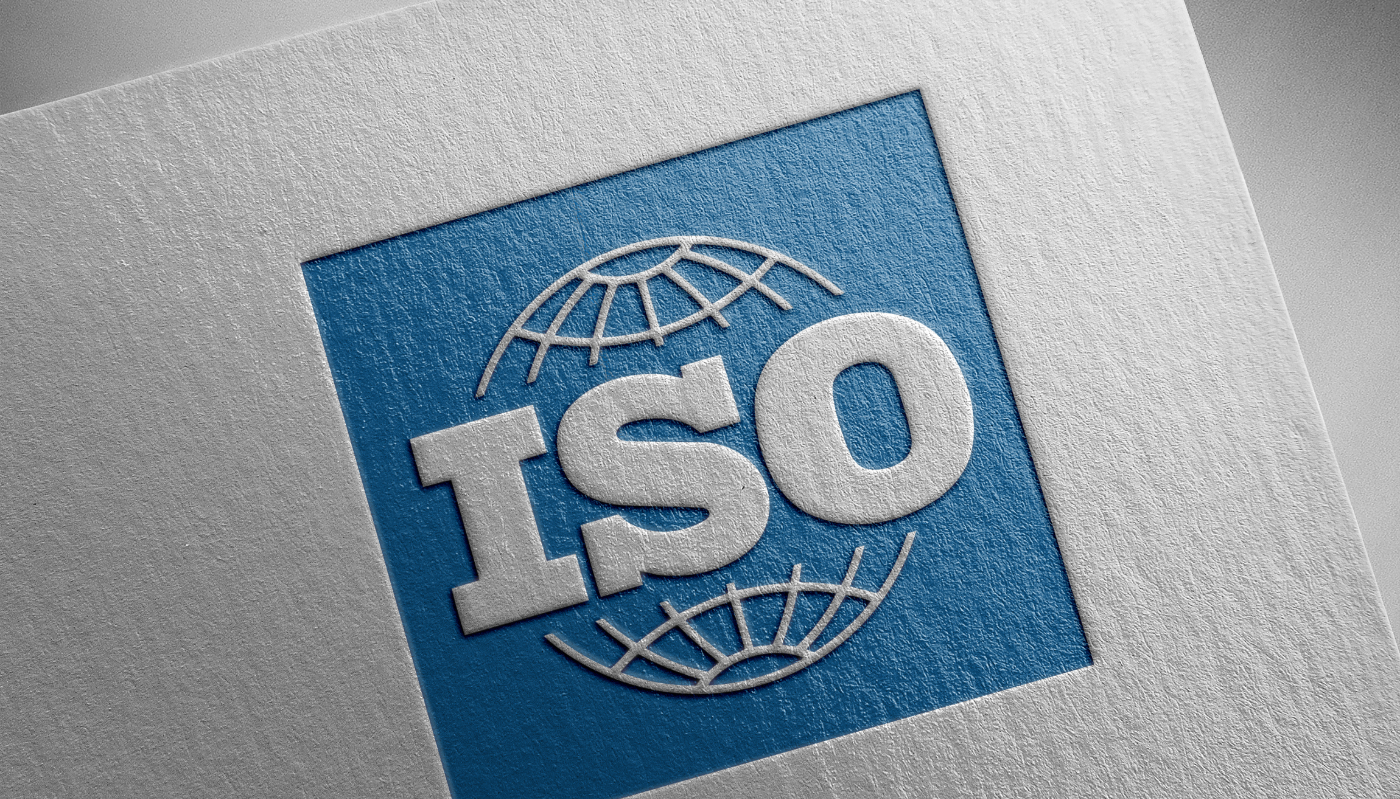
Nowadays environmental concerns are at the forefront, therefore, organizations are increasingly recognizing the need to adopt sustainable practices. They can demonstrate their commitment to the environment by implementing the ISO 14001 standard. In this article, we will reveal the key aspects of ISO 14001 and explore how it can drive sustainability and environmental excellence.
What does ISO 14001 mean?
ISO 14001 is an internationally recognized environmental management system developed by the International Organization for Standardization (ISO). It sets out the criteria for an environmental management system (EMS) and helps organizations establish, implement, maintain, and continually improve their environmental performance. It provides a framework for organizations to effectively manage their environmental impact and meet ISO 14001 requirements checklist. It is related to various aspects of environmental management, including life cycle assessment and the identification of mandatory documents.
What are the benefits of ISO 14001 ?
Implementing ISO 14001 brings a range of benefits to organizations. Firstly, it enhances their reputation by demonstrating a proactive approach to environmental responsibility. Customers, stakeholders, and regulators often view ISO 14001 certification as a mark of credibility and commitment to sustainable practices. Secondly, ISO 14001 helps organizations reduce their environmental footprint by implementing effective strategies to minimize resource consumption, waste generation, and pollution. This involves conducting an ISO 14001 gap analysis to identify areas where the organization may not meet the standard's requirements and taking corrective actions to address non-conformance examples.
What are the different steps in ISO 14001 implementation ?
The first step is to conduct an initial environmental review to assess the organization's current practices and identify areas for improvement. This review involves considering the life cycle assessment of products and processes to understand their environmental impacts. Based on the findings, an environmental policy and objectives are established, which serve as the guiding principles for the organization's environmental management efforts. Then, an action plan is developed, taking into account the ISO 14001 clauses. To ensure compliance and effectiveness, regular monitoring, measurement, and evaluation of performance are essential. This includes conducting internal audits and utilizing an ISO 14001 audit checklist to verify the organization's conformance to the standard.
How to integrate ISO 14001 with other management systems ?
The most recent version, ISO 14001:2015 is designed to be compatible and easily integrated with other management system standards, such as ISO 9001 for quality management and ISO 45001 for occupational health and safety. Organizations can benefit from implementing an integrated management system, which allows for synergies and efficiency gains across different areas of operation. Integration also facilitates a holistic approach to sustainability, considering environmental, social, and economic aspects together.
Simplify ISO 14001 implementation with BlueKanGo's comprehensive solution
To foster environmental excellence and proactive measures towards a greener, more sustainable future, BlueKanGo offers a tailored solution. Our powerful software simplifies ISO 14001 implementation by providing best practices, guidelines, and the required documents. It also offers comprehensive training to educate employees on environmental principles and their roles in achieving objectives. BlueKanGo's centralized platform streamlines environmental management, ensuring compliance with ISO 14001. The software's reporting and analytics capabilities provide insights into environmental performance, driving continuous improvement.
. . .





